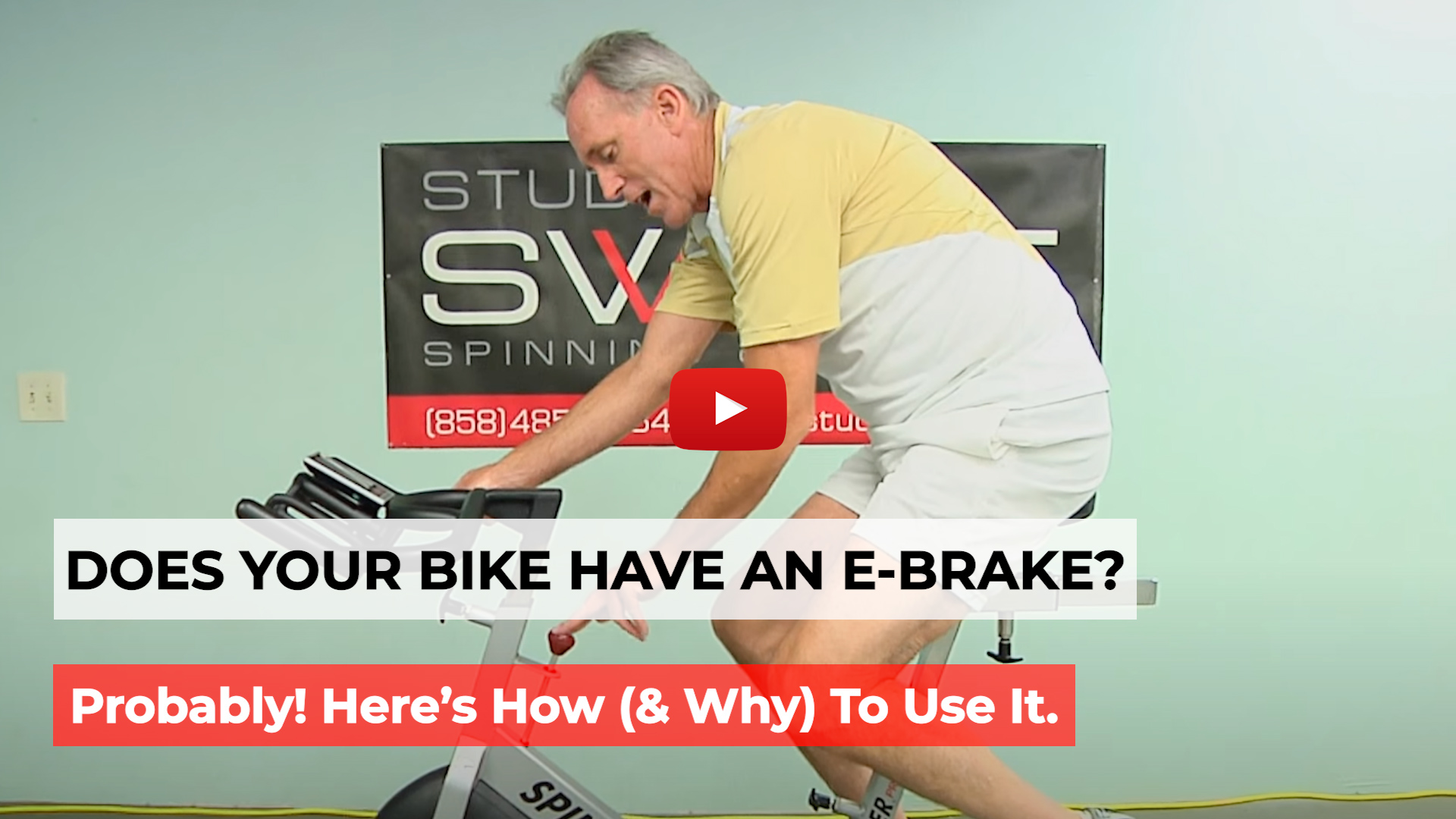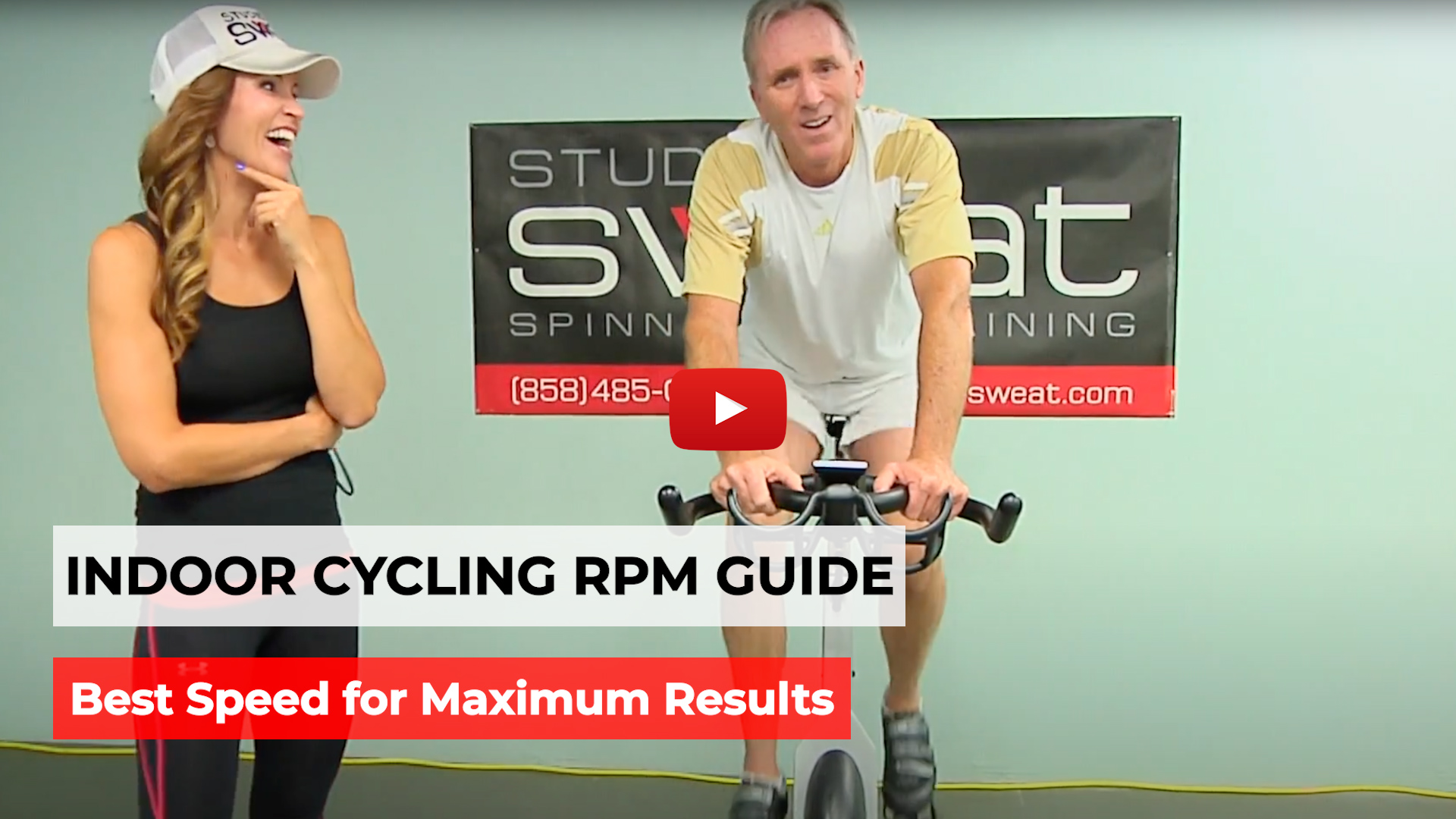The scoop on Orthostatic Hypotension and other similar conditions.
Have you ever wrapped up a set of crunches, popped up to do squats and gotten fuzzy-headed? What about going from sitting in a chair to standing, and then seeing spots floating in front of you? Cat Kom is joined by Jess, a trainer at Studio SWEAT that also happens to be a registered nurse, to talk to us about some possible causes.
Orthostatic Hypotension is a medical condition that literally means standing low blood pressure. When you have this condition, going from a prone or seated position to standing can cause a drop in blood pressure and sometimes an increased heart rate, leading to dizziness, seeing spots, or in some cases, passing out. Moving from one position to another requires your heart to work harder to move blood between upper and lower extremities.
Who should be checked?
You should see your healthcare provider for testing if:
- You experience symptoms (fuzzy head, seeing spots, lightheadedness) regularly when exercising.
- You experience symptoms during normal activities (eg. Standing up from the table at dinner).
How does this get diagnosed?
Your healthcare provider will diagnose Orthostatic Hypotension with a “bedside” test, monitoring your blood pressure first lying down, and then sitting and sometimes up to a standing position. If you have Orthostatic Hypotension, when you switch positions your blood pressure will drop and your heart rate will skyrocket. An inconclusive bedside test may lead your healthcare provider to do some bloodwork as well.
Could it be caused by something else?
Sure. Your doctor will check a lot of things. For example, recently Cat’s daughter has been experiencing unexplained dizziness and even passed out. Her doctor first performed the bedside test, but her blood pressure remained normal. Blood work, however, showed low sodium levels and iron. What a mystery, given her daughter’s love of soy sauce! But dizziness caused by low sodium is not uncommon in fit, healthy people, even those who don’t avoid sodium in their diets. If you drink a lot of water (which you should!), you’ll dilute the sodium and potassium in your body. Low sodium can be a cause of dizziness. Unless you’re being treated for cardiac issues, you do need some sodium in your diet.
If you do have Orthostatic Hypotension, or dizziness from other causes, how do you work out safely? You might try some of these tips.
- Talk to your Doc. As with any medical condition, first you should follow the advice of your healthcare provider. You may need to avoid up-down exercises. Your provider can advise on how to perform exercises safely. Want to continue doing burpees (obviously)? Ask your provider how you can do so safely.
- Breathe. Cat is always reminding us to breathe in and out. That may sound basic, but pay attention next time you’re in the last 10 seconds of a 45-second plank.
- Eat First. If you have any light-headed tendencies, don’t work out on an empty stomach. Grab a protein bar or shake, or some healthy carbs before hitting the gym.
- Coffee is your friend. If you do have Orthostatic Hypotension, your doctor may recommend a cup of coffee before exercise to increase your blood pressure (just be sure to go easy on added sugars). A lot of us at Studio SWEAT start our day with a piece of fruit and a cup of coffee or espresso before heading to class.
- Watch for blood sugar dips, often caused by eating “empty” carbs (added sugars).
- Hydrate. Although hydration can dilute your sodium levels, it is still very important to all of your body’s systems to keep hydrated.
- Consider a multivitamin. Many of us aren’t getting all the nutrients we need via our diet. If your doctor finds that your sodium, potassium, or other mineral levels are low, they may recommend a multivitamin or other supplements.
- Above all, know your body and your limits.
While it can be scary to experience sudden dizziness or blurry vision, there may be a simple explanation. If you are experiencing such symptoms, get checked and work together with your healthcare provider so you can get back to fit!
Want a fat-torching workout that hopefully does NOT cause Orthostatic Hypotension? Check out Studio SWEAT and Studio SWEAT onDemand!

















Comments - 1